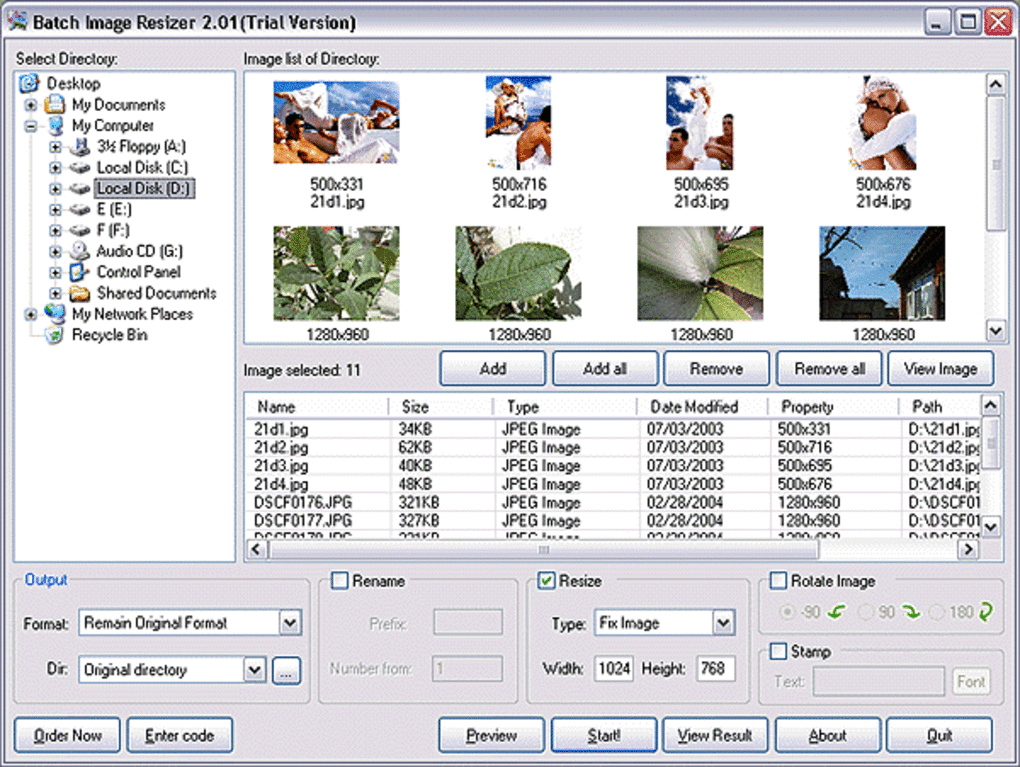

Photos from modern cellphones and cameras usually have over 6 million pixels, while most cellphones, tablets, notebook or TV screens have only about 1.5 million pixels, which means you end up seeing a resized version of the image (you only use the full image if you print it). Reducing image size doesn't reduce image quality, although it may lose small details. Image quality will suffer as you increase compression and start losing more data.Īnother method is to resize your photo, decreasing the pixels it takes to store the image. One way is compressing the image, which reduces file size without having to resize it. If you want to send this photo (or many photos) to a friend by e-mail, it will have to transfer 30 megabytes of data and it will take a while to upload it and a lot for the recipient to download it later. And having 10 million pixels means it takes 30 million bytes (or 30 megabytes) to store that photo (which is a lot of space!). When a camera or cellphone says it takes 10 megapixels photos, it means that each photo has 10 million pixels (mega = million).

When an image is large, it may have millions of pixels, and that means storing all information for an image like that in a computer or any device will take millions of bytes. To store each of these pixels, 3 bytes (24 ones or zeros) are generally used.

Images are composed by several dots called pixels, and each of them has a color, represented as a combination of three basic colors (red, green and blue).


 0 kommentar(er)
0 kommentar(er)
